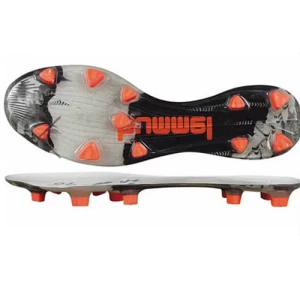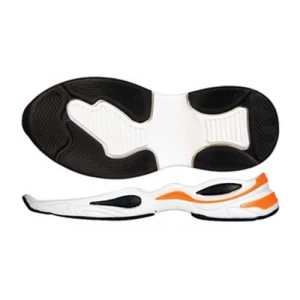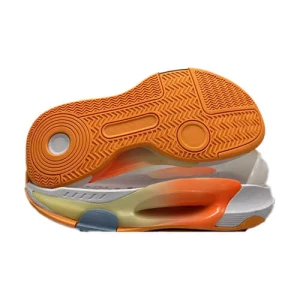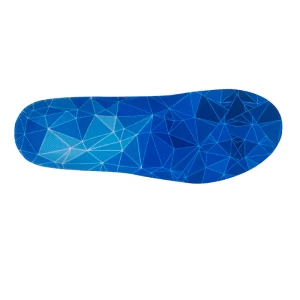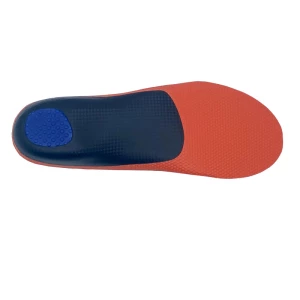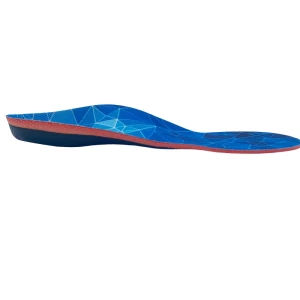The Ultimate Guide to Choosing the Best Soles for Your Shoes
When it comes to footwear, the soles are one of the most critical components. They determine comfort, durability, and even safety. Whether you're a shoe manufacturer, retailer, or just someone looking to replace worn-out soles, understanding the different types, functions, and features of soles is essential. In this guide, we'll explore everything you need to know to make an informed decision.
How to Find Reliable Soles from China in 2025
China is a leading global supplier of soles, offering a wide range of options at competitive prices. To find reliable manufacturers, start by researching suppliers on platforms like Alibaba or Made-in-China. Look for suppliers with high ratings, positive reviews, and certifications such as ISO 9001. Request samples to test quality before placing bulk orders. Additionally, consider working with a sourcing agent to navigate language barriers and ensure smooth transactions.
What Buyers Should Know Before Buying Soles from China
Before purchasing soles from China, it's crucial to understand the market. Be aware of minimum order quantities (MOQs), which can vary significantly between suppliers. Shipping costs and lead times are also important factors to consider. Always verify the supplier's credentials and ask for detailed product specifications. Lastly, familiarize yourself with import regulations and tariffs in your country to avoid unexpected costs.
Types of Soles
There are several types of soles, each designed for specific purposes:
- Rubber Soles: Durable and slip-resistant, ideal for work boots and outdoor shoes.
- TPU Soles: Lightweight and flexible, commonly used in athletic footwear.
- EVA Soles: Cushioned and shock-absorbing, perfect for running shoes.
- Leather Soles: Elegant and breathable, often found in dress shoes.
- PVC Soles: Affordable and water-resistant, suitable for casual footwear.
Functions and Features of Soles
The primary function of soles is to provide support and protection for the feet. Key features to look for include:
- Shock Absorption: Reduces impact on joints during walking or running.
- Slip Resistance: Enhances safety on wet or slippery surfaces.
- Durability: Ensures long-lasting performance even under heavy use.
- Flexibility: Allows for natural foot movement.
- Breathability: Prevents excessive sweating and discomfort.
Scenarios of Soles
Soles are used in various scenarios, including:
- Athletic Footwear: Running shoes, basketball shoes, and training shoes require soles with excellent shock absorption and flexibility.
- Work Boots: Construction and industrial workers need durable, slip-resistant soles.
- Casual Shoes: Everyday footwear benefits from comfortable and lightweight soles.
- Dress Shoes: Leather soles offer a sophisticated look and breathability.
How to Choose Soles
Choosing the right soles depends on your specific needs. Consider the following factors:
- Purpose: Determine whether you need soles for athletic, work, or casual use.
- Material: Select a material that offers the desired balance of comfort, durability, and performance.
- Fit: Ensure the soles match the size and shape of your shoes.
- Budget: Compare prices and quality to find the best value for your money.
Soles Q & A
Q: What are the most durable soles for work boots?
A: Rubber soles are the most durable and slip-resistant, making them ideal for work boots.
Q: How can I tell if a sole is high quality?
A: Look for features like shock absorption, flexibility, and slip resistance. High-quality soles also have consistent texture and no visible defects.
Q: Are EVA soles good for running?
A: Yes, EVA soles are lightweight and provide excellent cushioning, making them perfect for running shoes.
Q: What is the average lifespan of a sole?
A: The lifespan depends on usage and material, but most soles last between 6 months to 2 years.
Q: Can I replace the soles of my shoes?
A: Yes, many cobblers offer sole replacement services, though it may not be cost-effective for inexpensive shoes.




